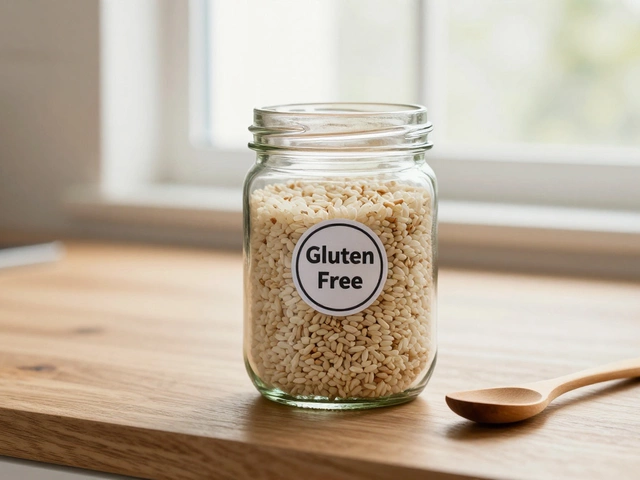Plant‑Based Lifestyle Made Easy: Tips, Recipes, and Savings
If you’ve ever wondered how to eat more plants without breaking the bank, you’re in the right spot. A plant‑based lifestyle isn’t about strict rules; it’s about swapping a few animal ingredients for veggies, beans, and grains that taste great and keep you full.
First, think about what you already enjoy. Love a stir‑fry? Replace the meat with tofu or chickpeas and keep the spices you love. Enjoy a soup? Throw in lentils or split peas for protein. Small swaps add up fast, and you’ll notice the difference in both flavor and cost.
Getting Started with Plant‑Based Meals
Start with a pantry checklist. Keep staples like canned beans, rice, pasta, and frozen vegetables on hand. When you have these basics, building a meal takes minutes. For a quick dinner, rinse a can of black beans, heat them with a dash of cumin, and serve over brown rice with a squeeze of lime. Add a handful of spinach for extra nutrients—no fancy ingredients needed.
Batch cooking is a game‑changer. Cook a big pot of chili using kidney beans, tomatoes, and bell peppers. Portion it into containers for lunch or dinner all week. This cuts prep time and saves money because you buy ingredients in bulk.
Budget‑Friendly Protein Sources
Protein is often the biggest worry for new plant‑based eaters. The good news? Beans, lentils, and peas are cheap and packed with protein. One cup of cooked lentils provides about 18 grams of protein and costs less than a dollar.
Tofu and tempeh are also affordable, especially when you buy them in larger packs and freeze what you don’t use right away. Marinate them in soy sauce, garlic, and a pinch of chili for added flavor before cooking.
If you’re looking for a snack, try roasted chickpeas. Toss canned chickpeas with olive oil and your favorite spices, then bake until crunchy. They’re a satisfying bite that keeps you from reaching for processed snacks.
Don’t forget nuts and seeds. A small handful of almonds or sunflower seeds adds protein, healthy fats, and a nice crunch to salads or oatmeal. Portion them out in advance so you don’t over‑eat.
Ready for a simple recipe? Try a one‑pot quinoa bowl: sauté onions and garlic, add quinoa, vegetable broth, mixed frozen veggies, and a can of beans. Simmer until the quinoa is fluffy, then top with a drizzle of tahini. It’s nutritious, filling, and costs next to nothing.
Transitioning doesn’t have to be all at once. Pick one meat‑free night a week and build on that. As you get comfortable, increase the frequency. You’ll find that cooking with plants becomes second nature, and your grocery bill will thank you.
Remember, a plant‑based lifestyle is flexible. Enjoy the meals you love, experiment with spices from Delhi’s rich cuisine, and keep the focus on wholesome, affordable foods. Your body, wallet, and taste buds will all win.

Why Some Vegans Avoid Bananas: Unveiling the Truth
by Landon Weathers / 2 Jan 2025Though bananas are typically considered vegan-friendly, some plant-based enthusiasts choose to avoid them due to specific agricultural practices. This decision often stems from environmental and ethical considerations. Discover why some vegans avoid bananas and learn how to make informed choices regarding these popular fruits. The article explores potential challenges and controversies within vegan communities about banana consumption.




